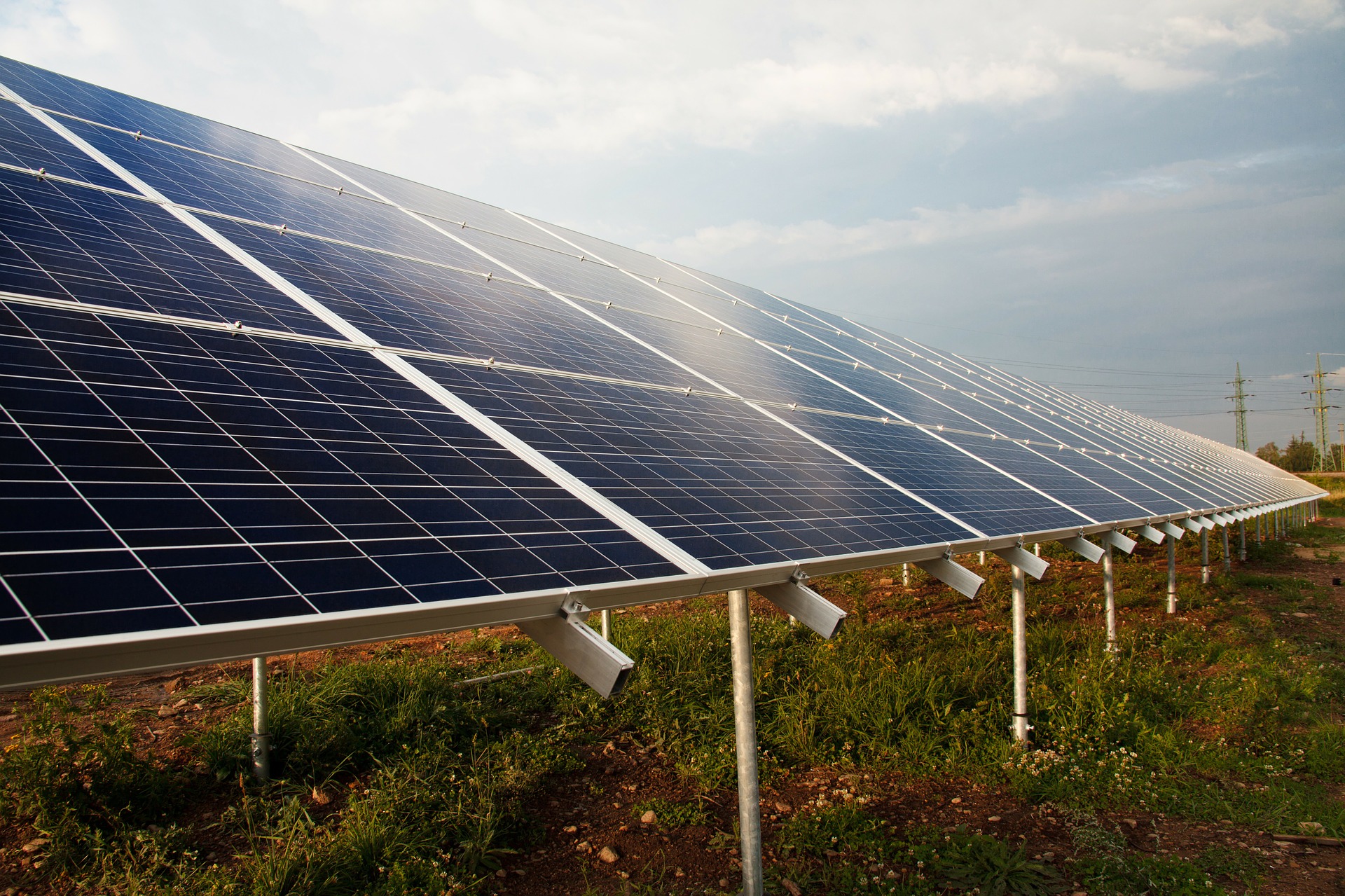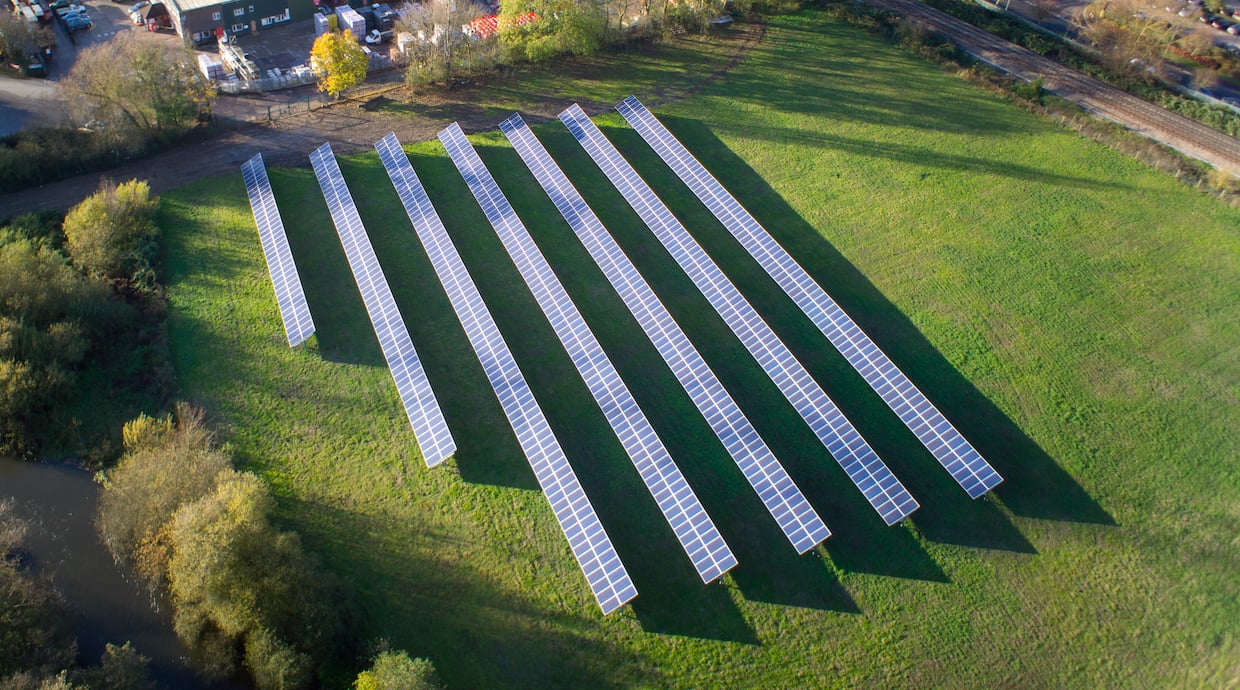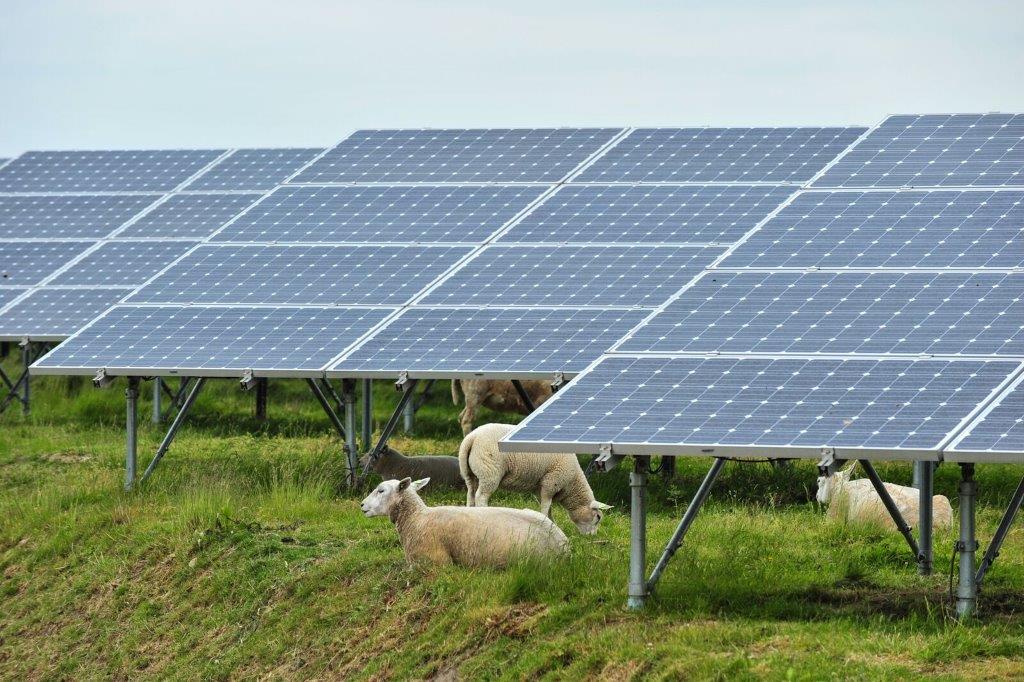
While most solar arrays are installed on rooftops, ground mounted solar panels make use of land space for optimal and high-volume generation, or in cases where a suitable roof isn’t available. As most residential homes don’t have tons of spare land, ground mounted PV is most often chosen for commercial properties or utility solar farms (though we do have information on what to consider for domestic ground mounts).
You will need planning permission for a ground mounted array if:
If any of these conditions are met, you need permission. This applies for both domestic and commercial installations, so commercial ground systems almost always need consent as they’re bigger than 9m2.
The chance of getting permission depends on the local council’s support of solar. You’re more likely to succeed if you take these steps:
The modules need to be attached to some kind of structure, which holds them at the best angle for energy generation, while also keeping them resistant to rain, wind and snow. This structure could either be:
With some of the frames, you can adjust the pitch of the panels to take advantage of the seasonal change in the angle of sunlight.
You can arrange the panels in a variety of layouts - portrait or landscape, single height or stacked. The optimum orientation in the UK is south, which of course you can choose to face when building a ground mounted system.
In terms of infrastructure, the array will require trenches for cabling, inverters and spacing between rows of panels to allow for shading.

To compare the predominant methods of mounting PV, let’s take a look at the pros and cons of ground mounts compared to rooftop.
![]()
While the majority of roofs would not be able to take the extra weight of a solar tracking system, ground mounts can benefit from the uplift produced by following the sun across the sky. Trackers use a motor to tilt the panels so the sun’s rays are perpendicular to their surface throughout the day (with a single axis) or throughout the seasons too (with a dual axis). While the mechanics bring added expense and maintenance, they can increase output by over 20%.
One of the concerns around ground mounted PV is its impact on the land and local ecology. But when installed under the right conditions, it can actually benefit both.
For agricultural land, the PV system will rest the soil for a long period of time, allowing for restoration of nutrients. If the system is decommissioned in the future, the land can be effectively returned to farming.
For wildlife, a ground mounted array can provide a refuge for wildlife with very little human disturbance. According to the Building Research Establishment, infrastructure in solar farms impacts less than 5% of its ground space. Solar panels create sheltered spots for insects, reptiles and ground nesting birds. They form microhabitats through shading and concentrated rain run-off, which in turn supports biodiversity.

Image source: Wikimedia.
Bifacial panels are solar PV modules with exposed cells on the front and rear. In a ground mount setup, they can generate power from direct sunlight on the front and reflected or diffused sunlight on the back.
We investigated the output uplift from bifacial PV, and found it depends on the albedo (reflectivity) of the ground surface. On grass, the increase was about 4%, while with white pebbles it rose to 8%.
At Spirit we’ve installed many residential and commercial ground mount projects. Speak to one of our experts for advice, help designing your system or a free quote.
Copyright © Spirit Energy 2026 · info@spiritenergy.co.uk · 0118 951 4490
Jobs and Careers
Interested in joining the Spirit team? Email jobs@spiritenergy.co.uk
Spirit House, 25 Albury Close, Reading, RG30 1BD
(Location formerly known as 44 Portman Road, Reading, RG30 1EA)
Spirit Energy is the trading name of Spirit Solar Ltd · UK Company Number 07138647
Although care is taken to ensure that the information on our website (www.spiritenergy.co.uk) and any guides, calculators or checklists provided by us, electronically or otherwise, are accurate and up-to-date, we cannot accept any responsibility for mistakes or omissions. We enter into no express or implied conditions, warranties, terms or representations regarding the quality, accuracy or completeness of the information. We exclude to the extent lawfully permitted all liability for loss or damage, whether direct, indirect or consequential arising out of your use of our website or any guides, calculators or checklists provided by us, or from any information or omission contained in our website or any guides, calculators or checklists provided by us.